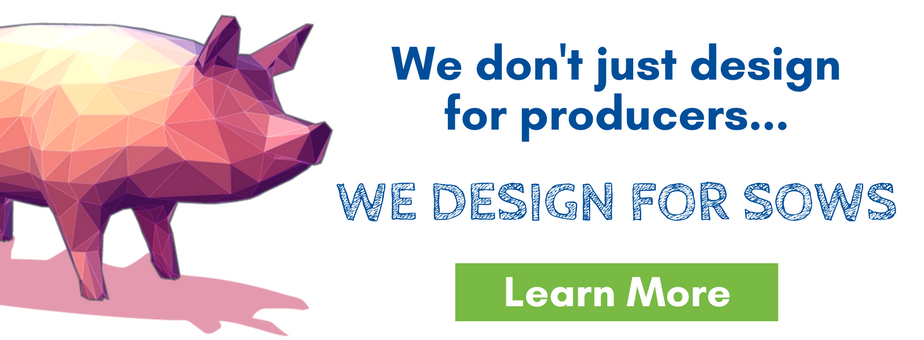
This will probably seem like a no-brainer, but one of the biggest factors determining success on a hog farm is making sure the sows that are supposed to be pregnant are actually pregnant. In traditional gestation stalls workers are tasked with performing ultrasound on each bred sow, a job that can be dangerous both for workers and pigs. Time consumption is a big factor with this method.
Even after switching to group housing, some farms still struggle to find a good system for identifying sows in heat. Watching for visual signs of estrus is a skill that takes time to develop and require close staff monitoring. Thankfully with New Standard and Nedap Livestock Management, the task of identifying and dealing with open sows gets a whole lot easier.
What is Automatic Heat Detection?
Heat detection is a popular add-on to the basic Nedap system, and one that we utilize in many of our barns. These designs include a fully-enclosed boar pen in a central location. This pen has a peep hole in the paneling at snout height that gives just the right amount of musk to attract excited, open sows.
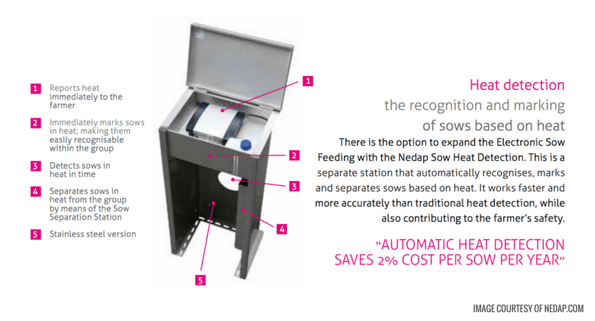
To ensure all sows pass the pen several times throughout the day, the boar station is placed in a central location in the barn. The small opening guarantees snout-only access. Here is a photo from the boar's perspective.
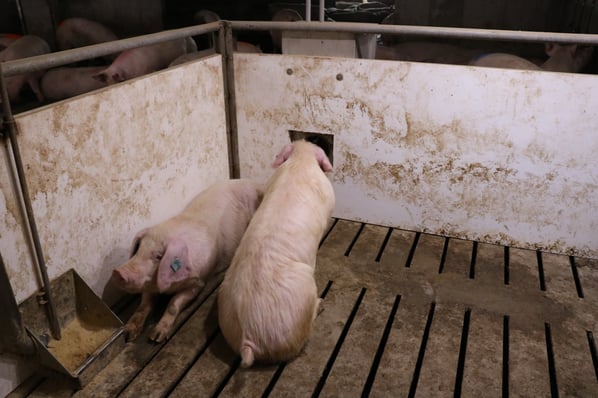
The automatic heat detection system is designed to track how frequently and for how long a sow visits the boar station. Sows who are frequent and prolonged visitors, based on the selected internal sensitivity settings, are logged in the system as in heat or suspected open, with more detailed reporting of her boar visits available on her individual sow record.
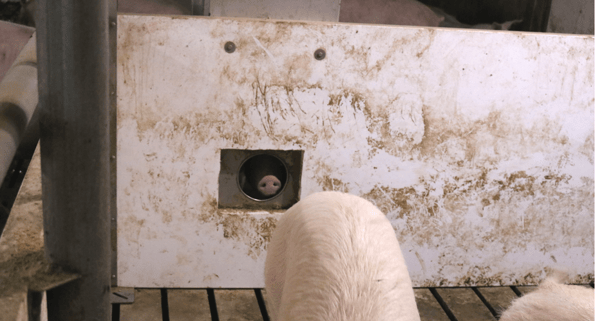
The heat detection system also offers the option to paint open sows for easy visual identification. With up to 99% accuracy in identifying open sows the notifications come pouring in even before she shows other obvious signs of being in heat.
Identifying Open Sows
Farms approach this step in a few different ways. Some prefer the system mark open sows with paint and also automatically flag these sows for separation at the electronic feeders. Others choose to paint sows without automatically flagging them for separation, preferring to make judgments on a sow by sow basis. Still others choose to have the system flag sows for separation but not paint them.
The beauty of the electronic system is that all of these are valid options for producers. The system is truly customizable to the needs of individual farms, and even individual barns within those farms.
How Central Separation Works
For those using the Nedap Electronic Sow Feeding System, central separation is a built-in function of the forward exit design. As the sow enters the feeder it scans her ear tag, enabling the system to feed her the exact amount needed for her parity, gestational age, and body condition.
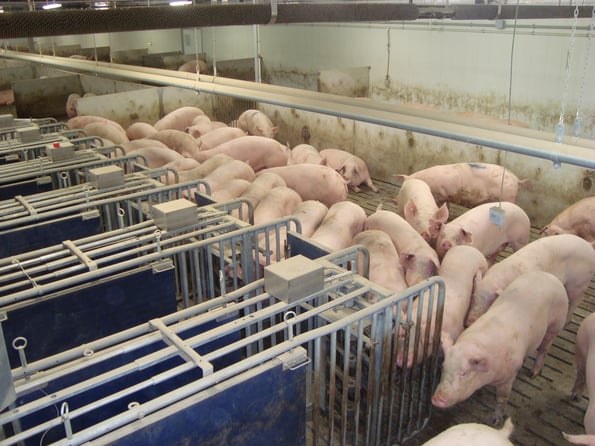
After she is done eating and drinking she forward exits into an exit alley and is identified again in the separation alley. At that time, the system will determine if it should mark her with a specific paint color and if needed separate her into a holding pen. Most sows throughout the day will simply pass through and return to the general laying area.
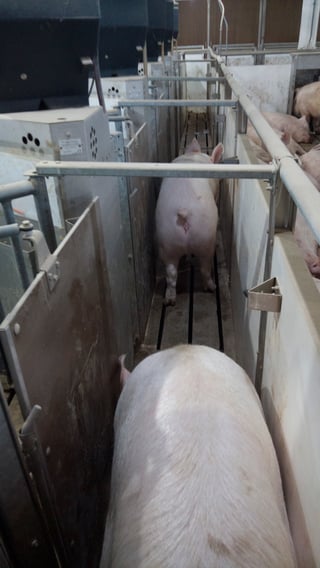
Custom Options
The beauty of an intelligent system is watching how individual barns can customize the software and hardware to help them accomplish their goals. In addition to heat detection, farms regularly use the central separation function to select out low performers, sows in need of vaccines, sows ready to farrow and even those with unique behavioral issues. Not only is this an easier approach for staff members, it is also a non-threatening way to manage your sows and make the most of a dynamic and powerful swine management system.
Are you interested in learning more about how we design with the sow in mind? Click below!




